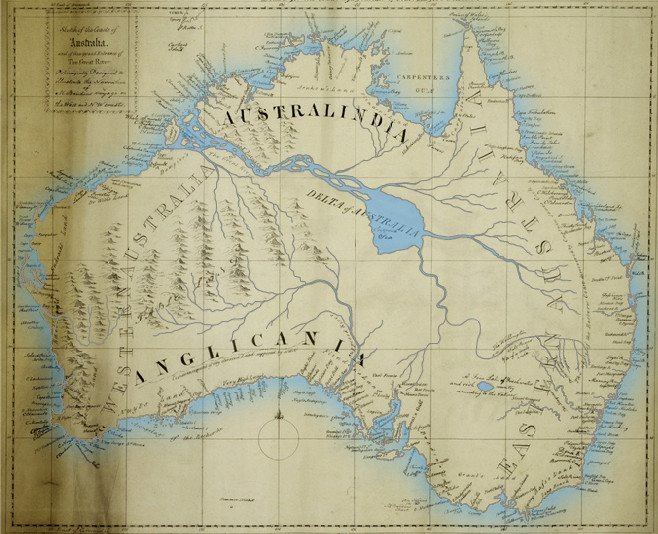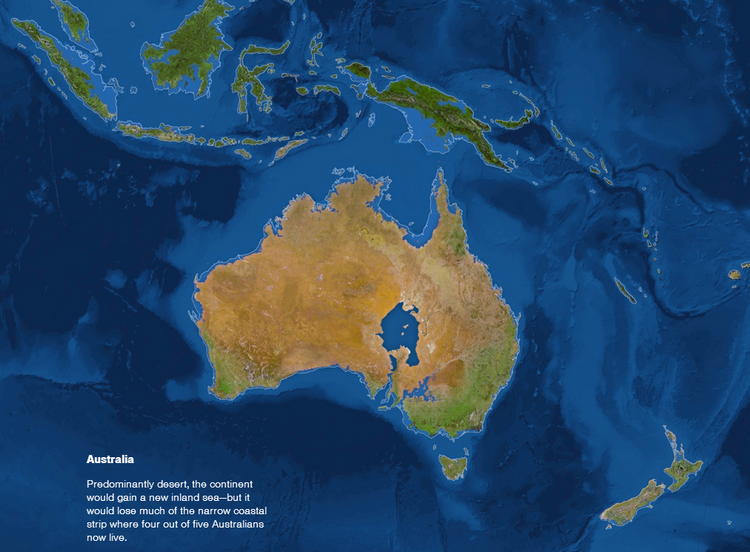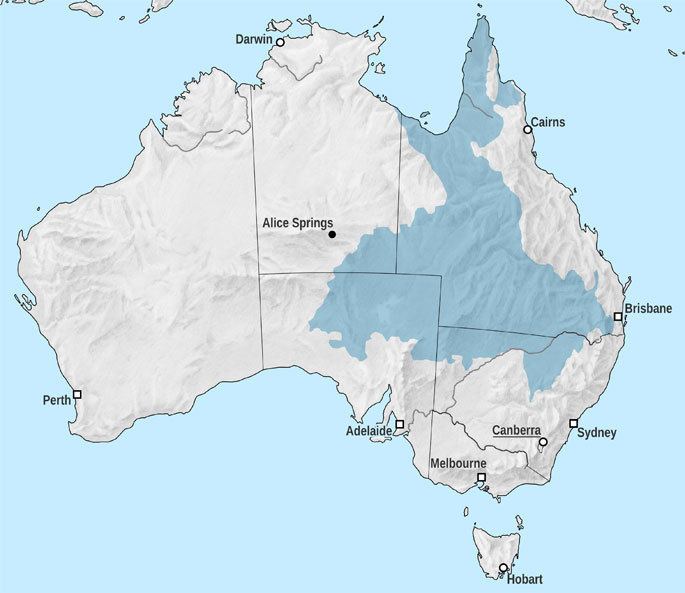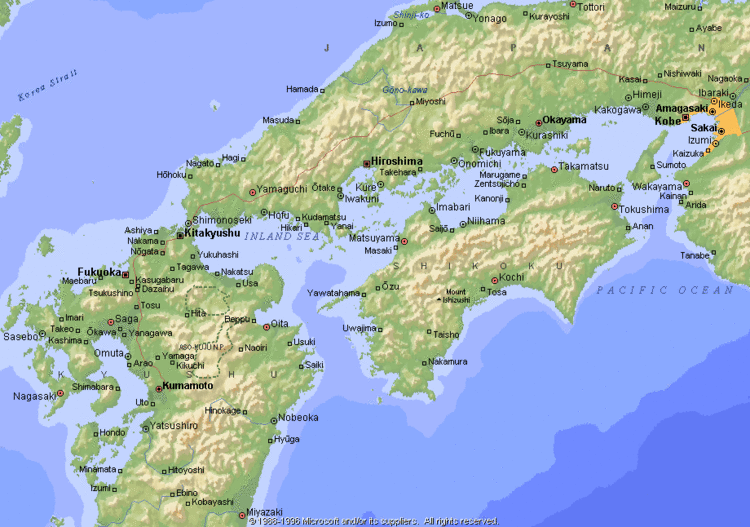 | ||
An inland sea (also known as an epeiric sea or an epicontinental sea) is a shallow sea that covers central areas of continents during periods of high sea level that result in marine transgressions. In modern times, continents stand high, eustatic sea levels are low, and there are few inland seas, none larger than the Caspian Sea. Modern examples might also include the recently (less than 10,000 years ago) reflooded Persian Gulf, and the South China Sea that presently covers the Sunda Shelf.

Examples

At various times in the geologic past, inland seas have been greater in extent and more common than at present.


References
Inland sea (geology) Wikipedia(Text) CC BY-SA
